Selecting The Right Tire Size For Your 4×4
Photos: John Cappa and courtesy of the manufacturers
It’s universally accepted that 4×4 and off-road enthusiasts want larger tires than what their 4×4 came with stock. So it’s understandable that the most common first modification made by a 4×4 and off-road fan is the installation of larger aftermarket wheels and tires. As such, most of us want to fit the biggest tires we can, while still avoiding annoying tire rub when turning or flexing the suspension off-road. There are a multitude of tire diameters available in both metric and flotation sizes. However, 4×4 enthusiasts typically look at four main tire diameters. These include 33-, 35-, 37- and 40-inch diameter tires. Of course many tires with the same printed size can vary a little in actual diameter depending on the tire manufacturer. There are also other tire sizes, such as 38- and 39-inch, but they are less common and generally bundled in with the next closest common tire size. So which diameter tire should you be running and what should you consider before slapping bigger tires on your 4×4? We’ll walk you through each of the most common aftermarket tire sizes and the pitfalls of each.
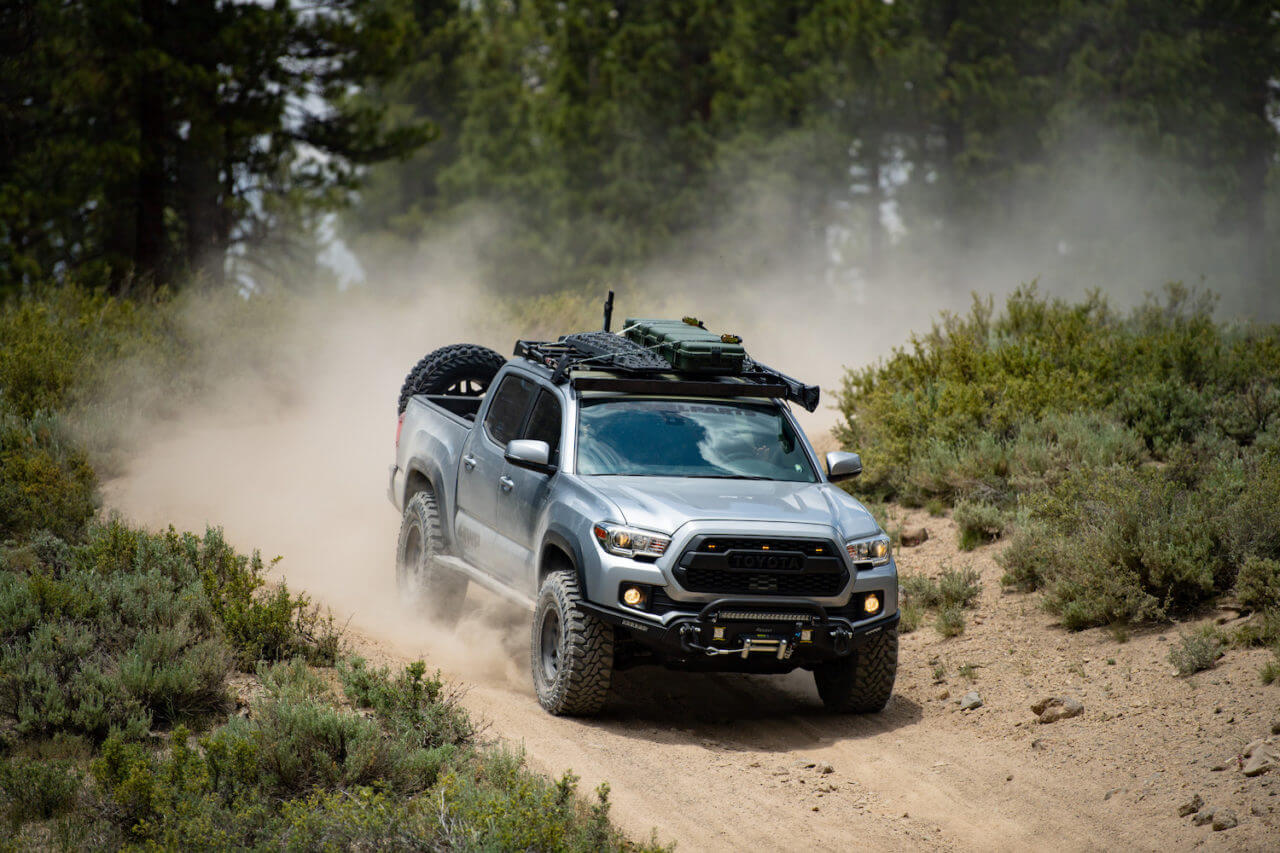
Midsize trucks and smaller 4x4s will require some effort in the form of larger lift kits and other modifications to fit even 33-inch tires. The 33s are about the largest diameter you’ll want to run to keep the smaller steering, suspension and axle parts alive.
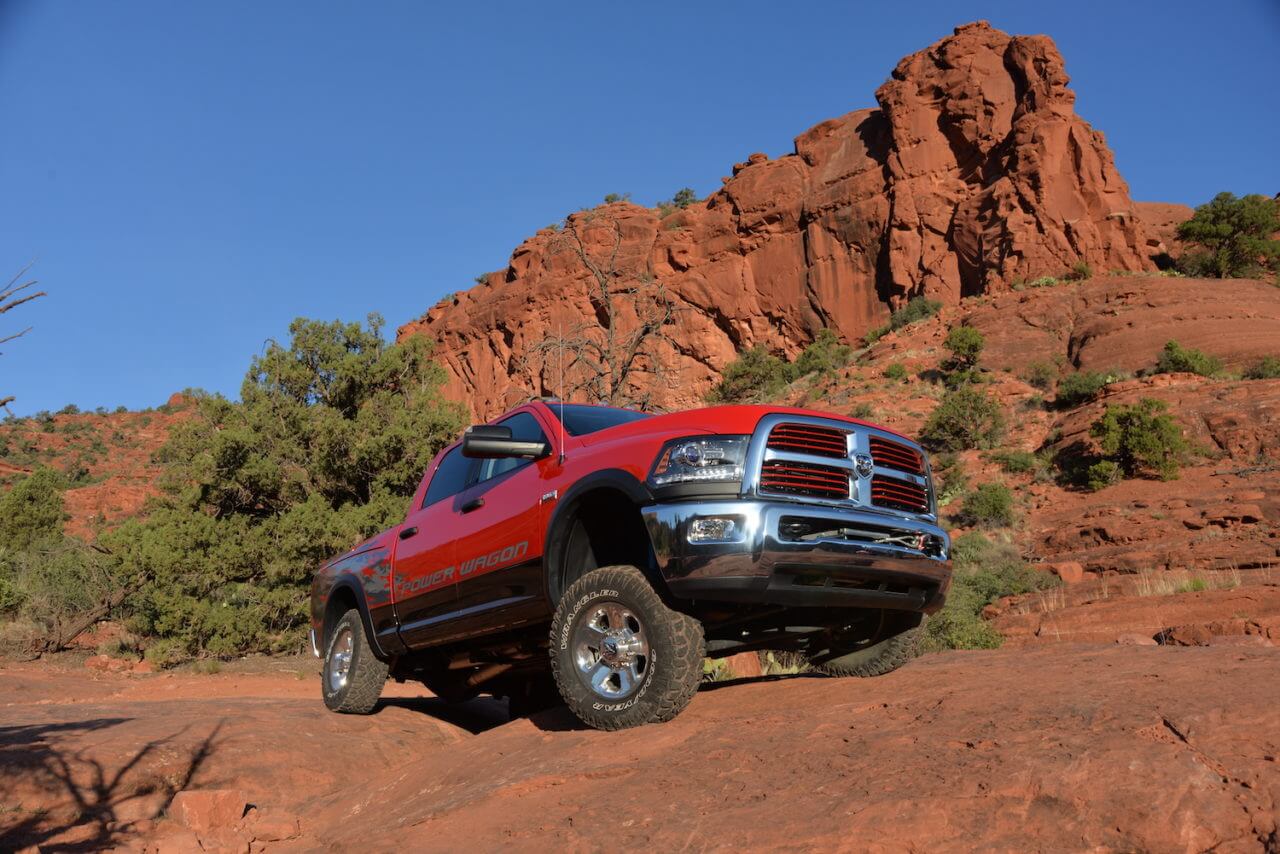
Larger 3/4- and 1-ton 4x4s that come stock with 33-inch tires can usually fit 35-inch tires with very little effort. A leveling kit or fender trimming and a speedometer correction can usually get most of these 4×4 rolling on 35s.
33-Inch Tires
The 33-inch tire is probably the most common tire diameter found on newer 4x4s. It can be had in both a 33-inch flotation size and as a metric sized tire, such as a 285/70R17. A 33-inch diameter metric-sized tire can be found on stock modern 1/2-, 3/4- and 1-ton 4×4 trucks. It’s also a common stock tire size for smaller 4x4s with more elaborate off-road packages, like a Jeep Wrangler Rubicon. Tires in the 33-inch diameter range can typically be run on many 4x4s without significant issues, although some vehicles will require a lift. Lighter duty 4x4s will generally require more modifications for 33-inch tire fitment. If a 33-inch diameter tire fits your 4×4, you’ll usually have to pay attention to overall width. A 33×12.50 flotation size is not directly interchangeable with a 285/70R17 even though the diameters are similar. The wider flotation tire could make fender or chassis contact when turning or articulating the suspension. Proper tire width and wheel backspacing will be critical in some applications.
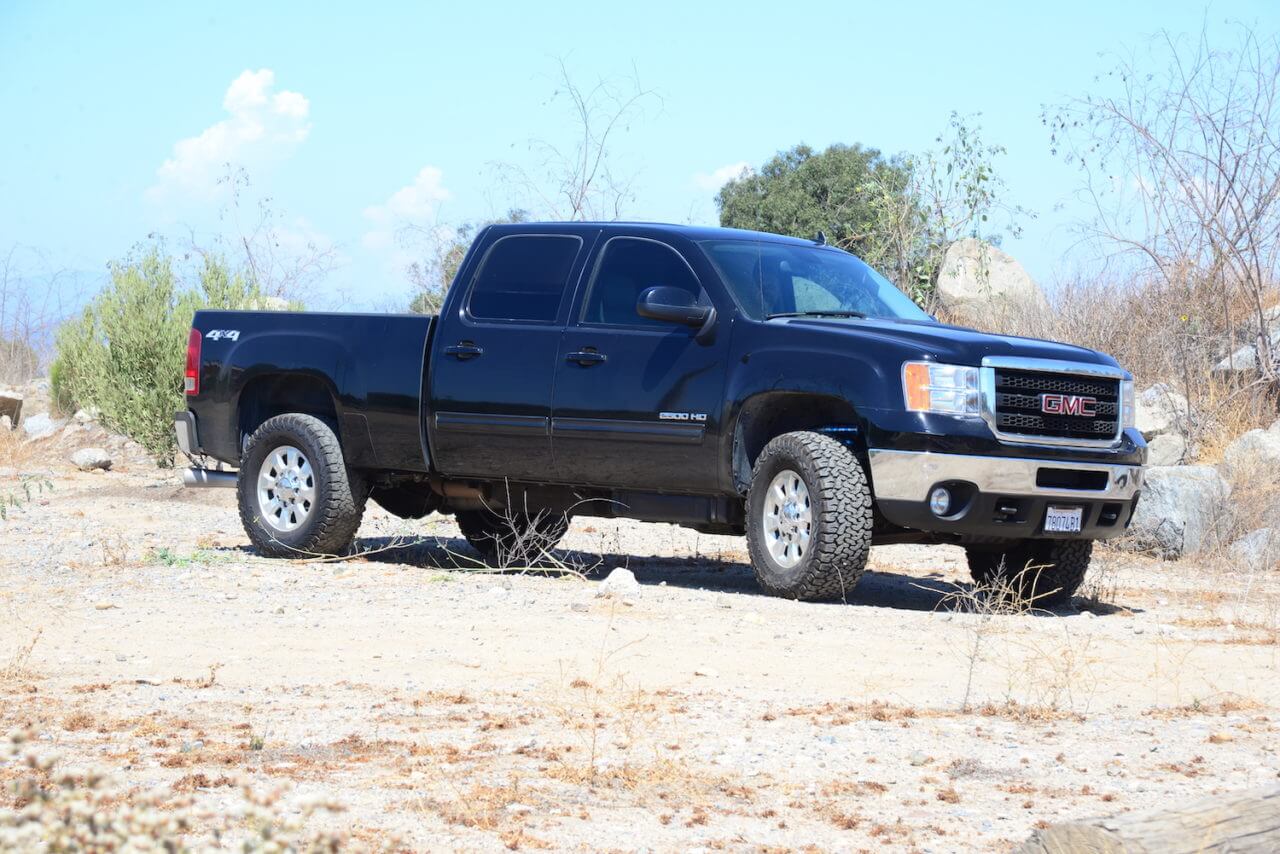
Some 4x4s with smaller fender openings and more complex suspensions will require more effort to fit bigger tires. Torquey diesel engines tend to accept larger tire diameters without an axle gear swap better than gas engines do.
35-Inch Tires
Much like 33s, a 35-inch tire can be had in both flotation and metric sizes that include 315/70R17, 325/65R18, and 325/60R20 sizes among others. While factory 35-inch tires are not all that common, there are a few available OE off-road packages that come with them. These more advanced off-road packages can be found on the Ford Raptor, Ford Super Duty Tremor, Ford Bronco, Ram TRX and Jeep Wrangler Xtreme Recon. A 35-inch tire used to be the go-to aftermarket tire size before 37-inch tires became popular. Stepping up from a factory 33-inch tire to a 35-inch tire generally requires little more than a suspension leveling kit, some aftermarket high-clearance fenders or just a bit of trimming. On 4x4s that came from the factory with 33s and lower axle gears, you really aren’t overtaxing the drivetrain and steering by installing 35-inch tires. However, the size jump is big enough that you’ll want to correct the speedometer. This will make sure that the speed sensors supply the engine and transmission with the correct input for proper shifting and engine tune. True 4×4 performance enthusiasts will want to consider upgrading axle gears into the 4.56 to 4.88 range to match the 35-inch diameter tires.
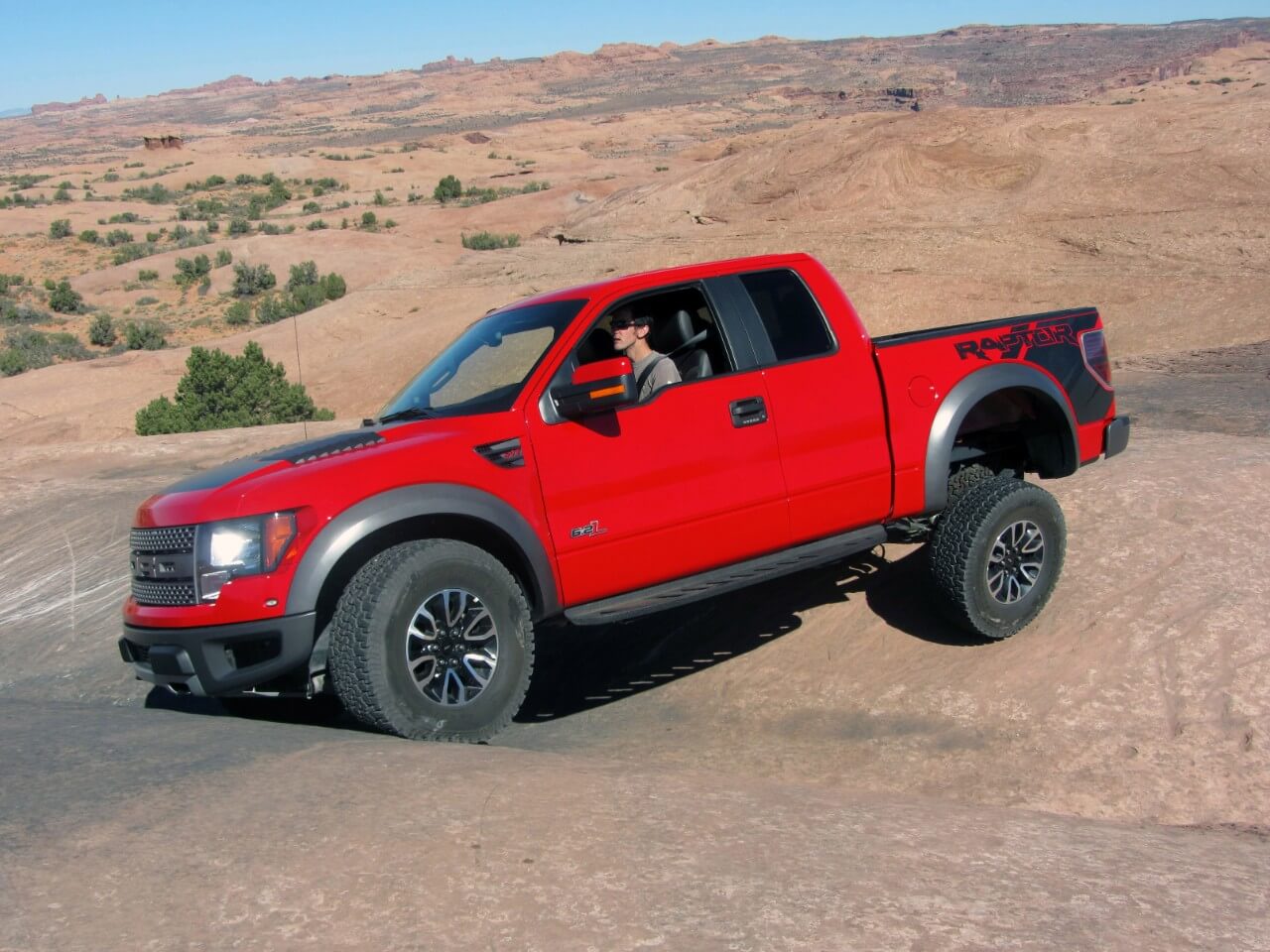
The more advanced factory off-road packages come with 35-inch tires. It usually doesn’t take much to fit 37-inch tires on these 4x4s. A leveling kit and some fender trimming may be all that’s needed.
37-Inch Tires
With factory tire sizes having significantly increased in diameter, it’s become extremely commonplace for 4×4 enthusiasts to want to upgrade to 37-inch tires. In some cases it may seem like only a jump of one or two sizes larger than stock. Unfortunately, what some off-road hobbyists don’t know is that a 37-inch tire can be the tipping point for the factory drivetrain and steering components found on many 4x4s. Of course, if you are a building a 3/4- or 1-ton truck, stepping into 37-inch tires usually isn’t all that big of a deal, unless you want to maintain towing performance. But slapping 37-inch tires on a smaller 4×4 like a 1/2-ton truck, Jeep Wrangler or Bronco may require other upgrades to maintain performance and long-term durability.
The new go-to tire diameter seems to be 37 inches. Aggressive and abusive drivers will need to consider heavy-duty axle assemblies when jumping to 37-inch tires on smaller 4x4s like a Jeep Wrangler, while most 3/4- and 1-ton 4x4s can successfully roll on 37s with only a few key modifications.
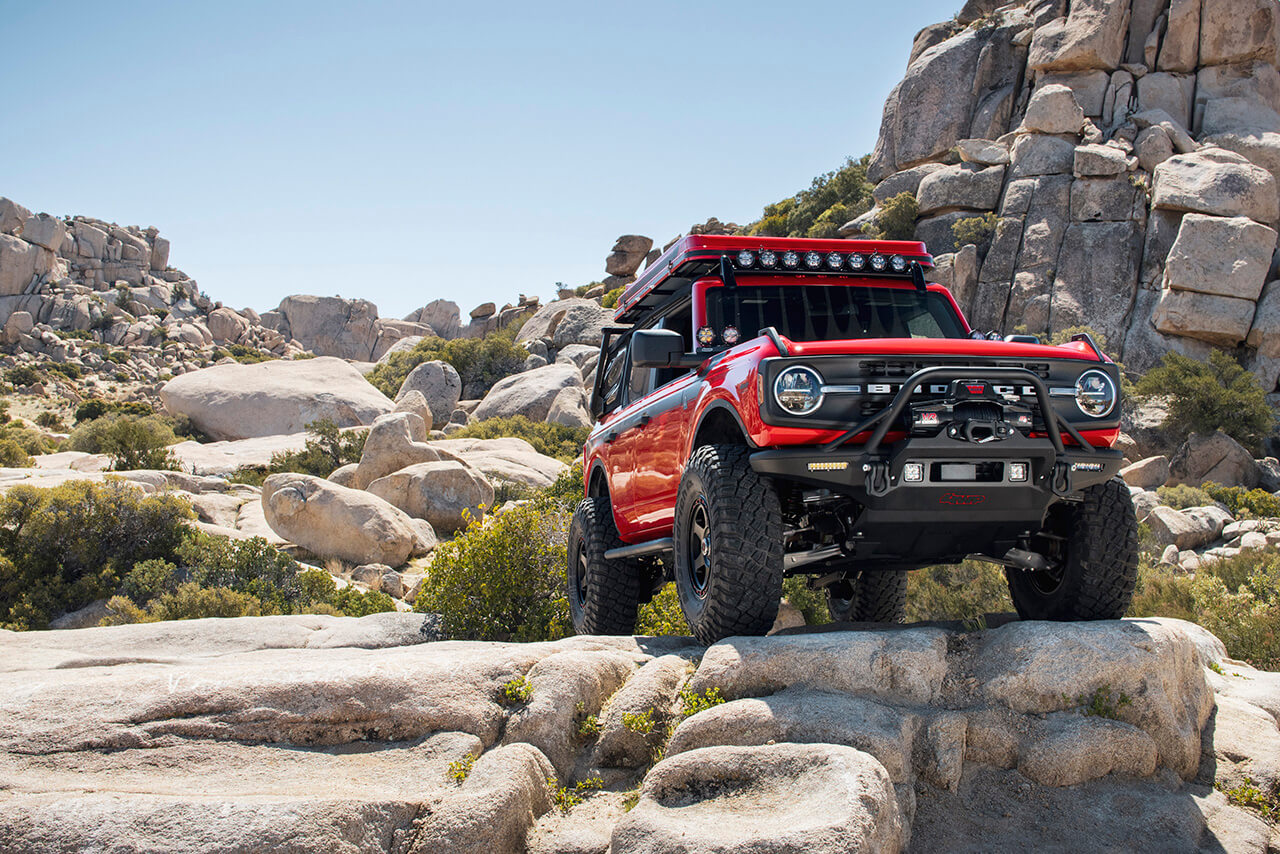
If you’re making the jump from 33-inch tires to 37s, then you’ll need to consider axle, steering and even brake upgrades. Although, if the 4×4 only sees street use and mild trails you could get by with deeper axle gears and a speedometer correction along with the required suspension lift.
What modifications are needed with your 37-inch tires will depend on how you use the vehicle. If it’s used as a daily driver and mild off-roader that sees only graded roads and unimproved trails, then your 4×4 on 37-inch tires will likely be fine with little more than the required lift and an axle ratio change to 4.88, 5.13 or even 5.38 gears. But if you plan on tackling extreme trails with large rocks and ledges, you’ll want to seriously consider heavy-duty axleshaft upgrades or a complete axle swap to 1-ton drivetrain in addition to the axle gear ratio change. A ram assist steering system is also recommended for hard-core off-road enthusiasts that want their 4×4 rolling on 37-inch tires. Brake upgrades may also be needed depending on your driving habits and stopping performance expectations.
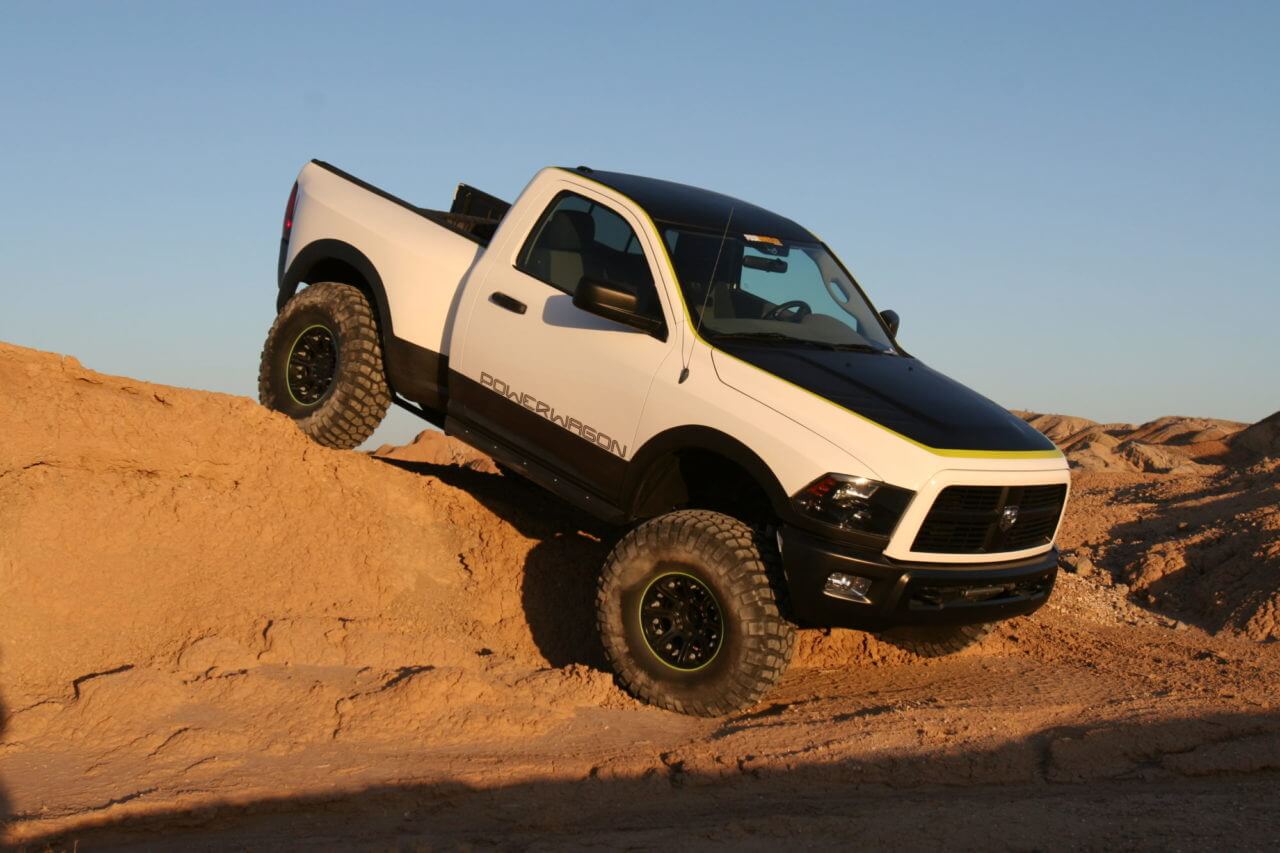
Fitting 40-inch tires generally requires much larger lift kits along with other more extensive modifications to retain overall drivability on- and off-road. An aftermarket ram assist steering will be very helpful at slower speeds with 40-inch tires.
40-Inch Tires
Aside from the difficulty of physically fitting 40-inch tires in the wheelwells of your 4×4, stepping up to 40s on anything but a 3/4- or 1-ton truck will generally require budgeting for a 1-ton axle swap with the proper ratio gears. The 40-inch tires are too much for the stock axle assemblies found in the Jeep Wrangler and other small 4x4s. The massive tires can prematurely wear out and break factory gears, axleshafts, ball joints, tie rod ends and other steering and suspension components as well as bend the axle housings under seemingly normal on- and off-road driving conditions. Of course there are weld-on gussets and heavy-duty internals available for these smaller axles. However, these parts are better suited for use with 35- and 37-inch tires. With 40-inch tires it’s only a matter of time before smallish OE axle assemblies surrender, regardless of what aftermarket parts you throw at them. In addition, the 40-inch tires have a huge footprint and cause a lot of steering resistance. An aftermarket ram-assist steering system will be a welcomed modification on most 4x4s rolling on 40s. The ram assist will not only ease turning in rough terrain off-road, it helps steering at slow speeds on-road and in parking lots too. A 3/4- or 1-ton truck on 40s will benefit from an axle gear swap. The correct axle ratio will improve fuel economy and increase overall performance, especially when towing. Performance brake upgrades should also be considered when installing 40-inch tires.
Floatation tire sizes are generally wider than their metric tire counterparts. The wider flotation tires can make contact on inner fenders and suspension components where a narrower metric tire fits cleanly. Pay attention to what tire size and wheel backspacing your lift kit manufacturer recommends.



2